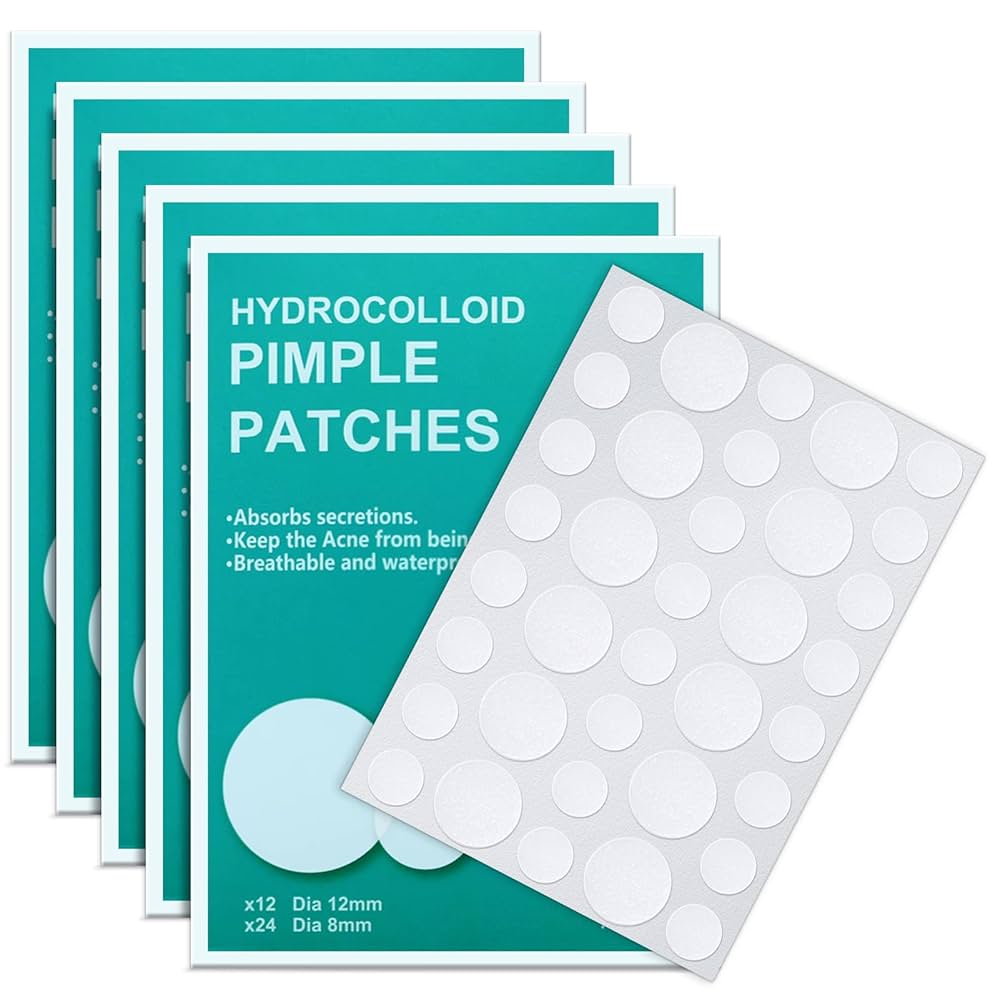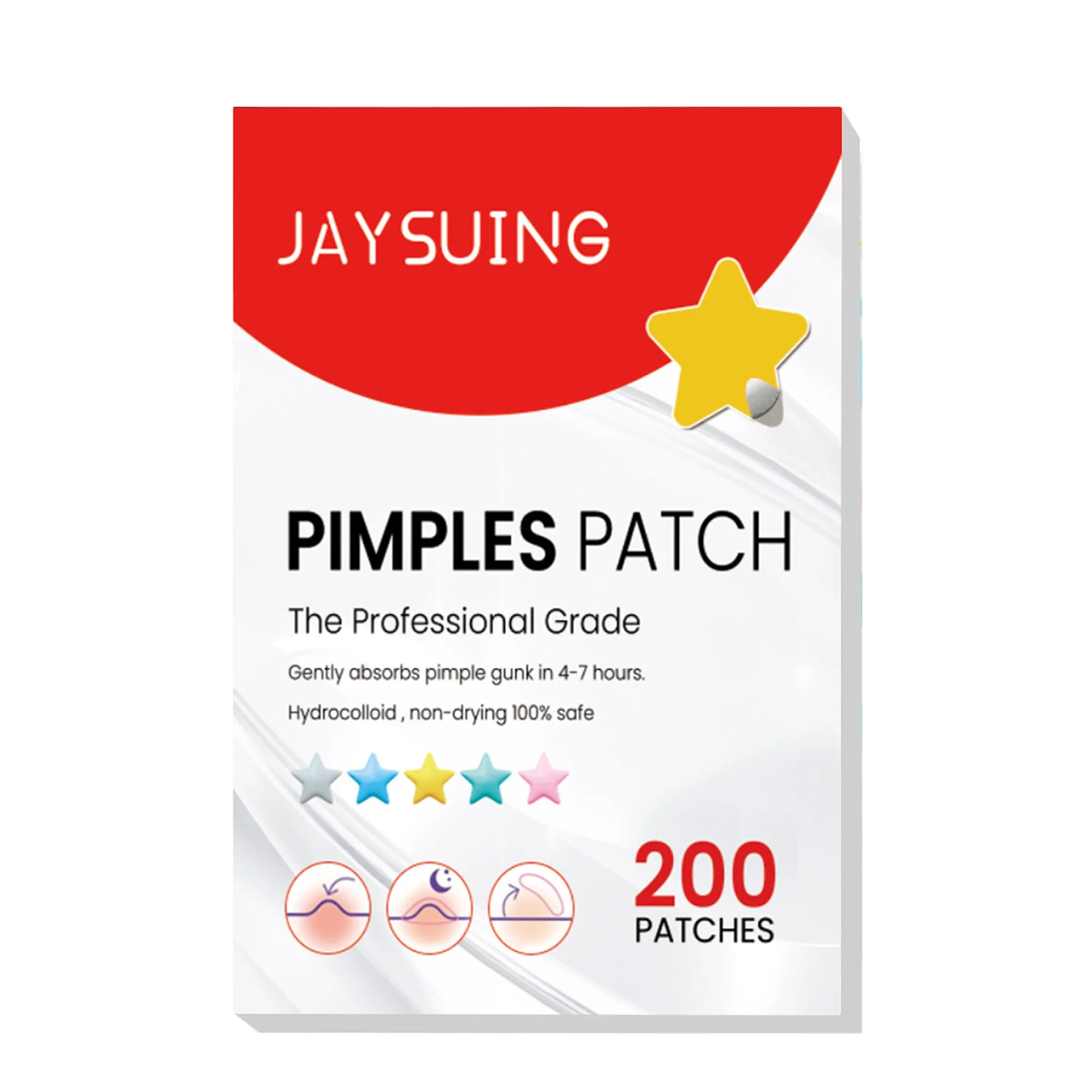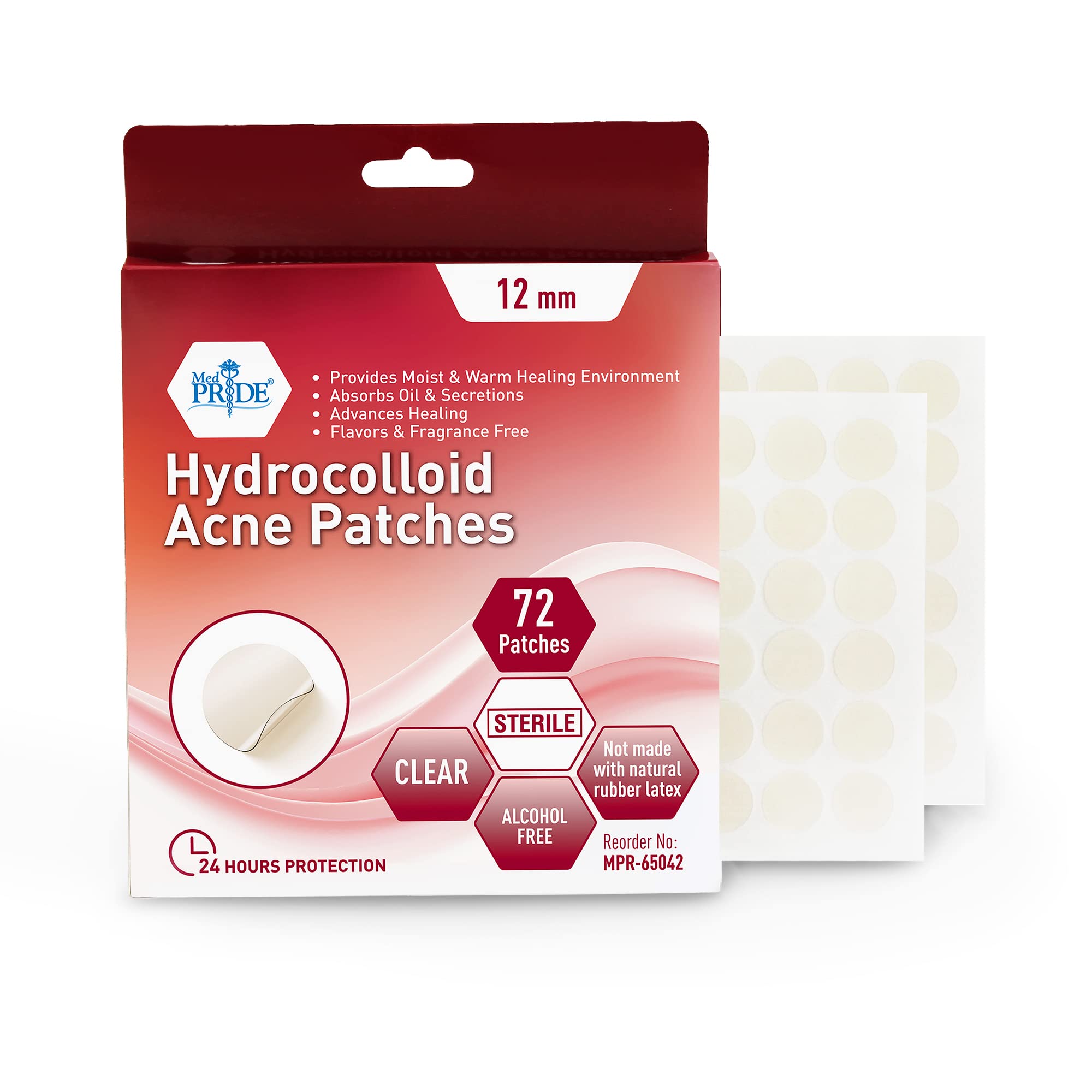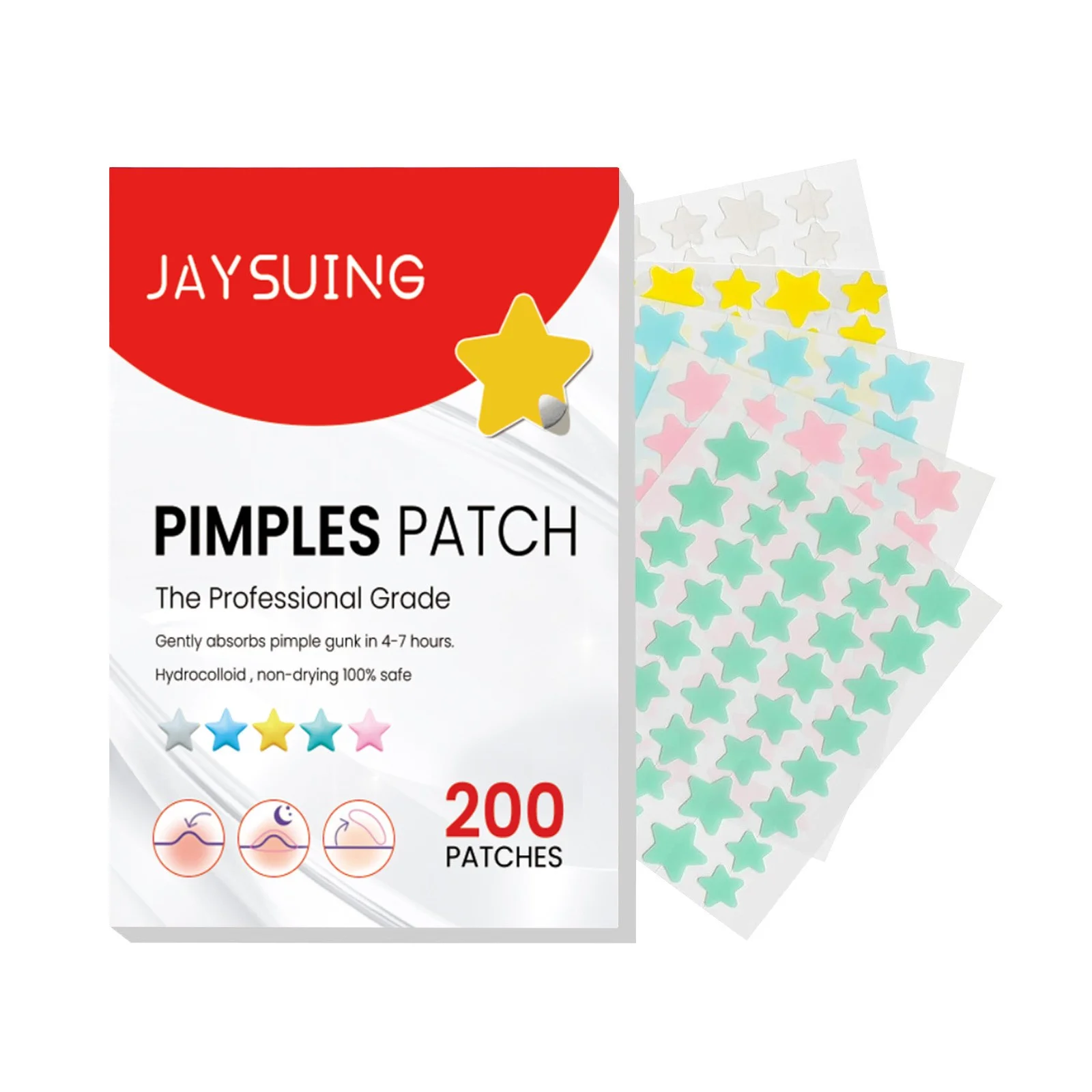Description
Tiny Heroes: The Lowdown on Hydrocolloid Pimple Patches
Pimple patches, also known as acne stickers, have exploded in popularity recently, becoming a go-to solution for banishing blemishes overnight. But are these little stickers just a trend, or a genuinely effective way to tackle pesky pimples? Let’s break down what they are, how they work, and whether they’re right for you.
What are Hydrocolloid Pimple Patches?
These small, usually circular or star-shaped patches are typically made from hydrocolloid material. This absorbent substance has been used in wound care for years, known for its ability to draw out fluids and promote healing. In the context of acne, these patches are designed to target and treat individual pimples.
How Do They Work Their Magic?
Hydrocolloid patches work by:
- Absorbing Excess Fluid: The hydrocolloid material acts like a sponge, drawing out pus, oil, and other impurities from the pimple. This helps to flatten the blemish and reduce inflammation.
- Creating a Protective Barrier: The patch acts as a physical barrier, protecting the pimple from outside irritants like bacteria, dirt, and your own fingers (which can often make things worse!).
- Promoting Healing: By keeping the area moist and free from external factors, the patch encourages the skin to repair itself.
The Benefits of Using Pimple Patches:
- Targeted Treatment: They’re ideal for treating individual pimples without affecting the surrounding skin.
- Reduced Picking: They prevent you from picking, squeezing, or touching the pimple, which can lead to scarring and further inflammation.
- Faster Healing: They help speed up the healing process by absorbing fluids and creating a protective environment.
- Discreet and Convenient: They’re small, often transparent, and easy to apply, making them suitable for overnight or even daytime use.
Which Types of Pimples Do They Work Best On?
Hydrocolloid patches are most effective on:
- Whiteheads: These are surface-level pimples with a visible white head.
- Pustules: Similar to whiteheads, pustules are inflamed pimples filled with pus.
- “Popped” Pimples: They can help to absorb any remaining fluids and protect the area after a pimple has been accidentally popped.
They are not effective for:
- Blackheads: Blackheads are clogged pores without inflammation, and hydrocolloid patches won’t do much to remove them.
- Cystic Acne: These are deep, painful pimples under the skin, and require different treatments like topical or oral medications.
How to Use Hydrocolloid Pimple Patches:
- Cleanse: Wash and dry the affected area thoroughly.
- Apply: Peel off the patch and apply it directly to the pimple, ensuring it’s securely adhered to the skin.
- Leave On: Leave the patch on for at least 6 hours, or ideally overnight.
- Remove: Gently peel off the patch. You may see a white or cloudy discoloration, indicating that it has absorbed fluids.
- Repeat: If needed, repeat the process with a fresh patch.
Choosing the Right Pimple Patch:
- Material: Look for patches made from hydrocolloid.
- Size and Shape: Choose patches that are appropriately sized for the pimple.
- Ingredients: Some patches contain added ingredients like tea tree oil or salicylic acid for extra benefits. Be mindful of potential allergies.
- Price: Pimple patches are generally affordable, but prices can vary depending on the brand and quantity.
The Verdict:
Hydrocolloid pimple patches are a fantastic addition to any skincare routine for treating whiteheads and pustules. They’re effective, easy to use, and can significantly reduce the urge to pick at your skin. While they won’t solve all acne woes, they’re a valuable tool for spot treatment and promoting faster healing. So, the next time a pesky pimple pops up, consider grabbing a pack of these tiny heroes and let them work their magic!








